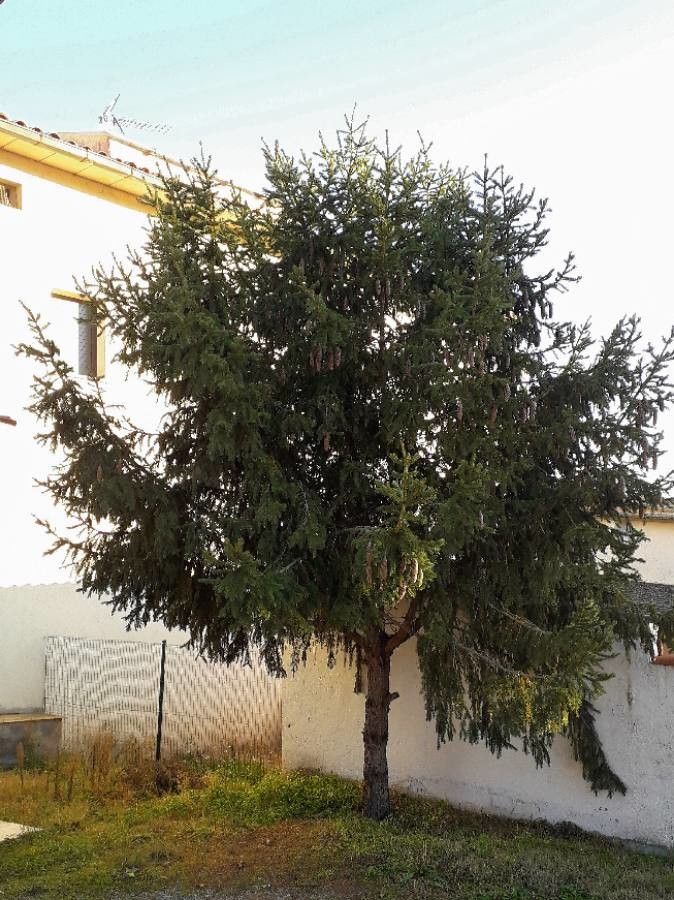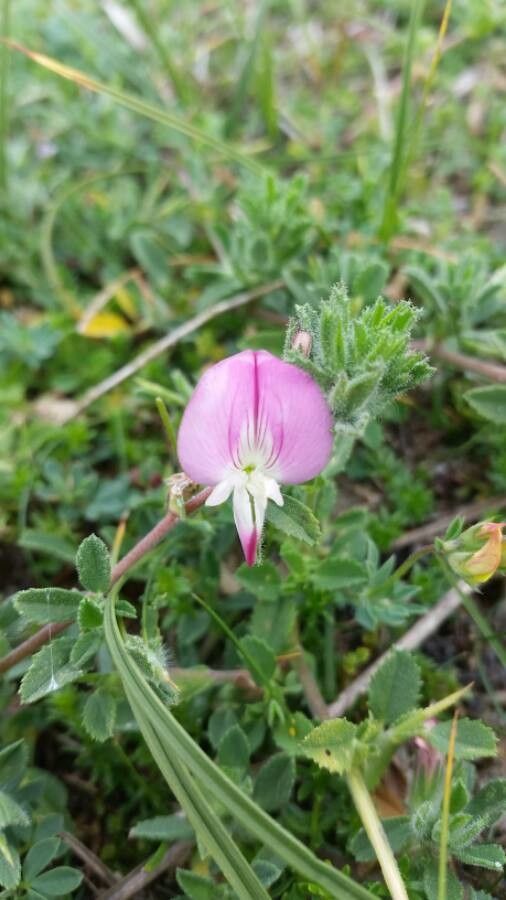### Ginger-Lily: A Tropical Delight
The Ginger-lily, a captivating member of the Zingiberaceae family, is renowned for its striking beauty and intoxicating fragrance. These aren't your average lilies; they boast vibrant, often intensely colored flowers, held proudly aloft on tall stems. Their exotic appearance makes them a prized addition to any garden, adding a touch of tropical elegance. While technically not true lilies, their resemblance and the captivating aroma have earned them the common name. Several species exist, each offering a unique display of color and form. Many varieties showcase beautiful white, yellow, orange, or red blooms, often clustered densely along the stem.
### Habitat and Growth
Ginger-lilies thrive in warm, humid climates, mirroring their natural habitat in the tropical and subtropical regions of Asia. They prefer partial shade to full sun, particularly during the hottest parts of the day. Intense direct sunlight can scorch their delicate foliage. When choosing a location, consider an area that receives dappled sunlight or morning sun followed by afternoon shade. They naturally grow in moist, well-drained soil rich in organic matter. Avoid areas with standing water, as this can lead to root rot.
### Soil Needs and Planting
The ideal soil for Ginger-lilies is fertile, slightly acidic, and well-draining. A mixture of loam and compost is ideal. Before planting, amend the soil with organic matter, such as well-rotted manure or leaf mold, to improve drainage and nutrient content. Plant the rhizomes (underground stems) in early spring or late autumn, depending on your climate. Ensure the rhizomes are planted horizontally about 2-3 inches deep and spaced approximately 12-18 inches apart, allowing ample room for growth.
### Care and Maintenance
Regular watering is crucial, especially during the growing season. The soil should be kept consistently moist but not waterlogged. Mulching around the plants helps retain moisture and suppress weeds. Fertilize regularly during the growing season with a balanced, slow-release fertilizer to promote healthy growth and abundant blooms. Deadhead spent flowers to encourage continued blooming and prevent the plant from putting energy into seed production.
### Propagation
Ginger-lilies are easily propagated through the division of rhizomes. In late winter or early spring, carefully dig up the mature rhizomes and divide them into smaller sections, ensuring each section has several healthy buds. Replant the divisions following the same instructions as for planting new rhizomes.
### Pests and Diseases
Ginger-lilies are generally pest-resistant but can be susceptible to root rot in poorly draining soil and fungal diseases in overly humid conditions. Ensuring good air circulation and avoiding overwatering are essential preventative measures. If pests or diseases appear, address them promptly with appropriate organic or chemical treatments.
### Ginger-Lily in Your Garden
Adding Ginger-lilies to your garden brings a stunning display of color and fragrance. Their exotic beauty makes them ideal for borders, woodland gardens, or even as container plants for patios and decks. With proper care, these magnificent plants will reward you with a spectacular show of blooms year after year, transforming your garden into a vibrant tropical paradise.
Ginger-Lily: Grow This Stunning Zingiberaceae

Frequently Asked Questions
How to grow ginger-lilies in pots?
Choose a large pot with drainage holes. Use a well-draining potting mix. Plant the rhizomes horizontally, water regularly, and fertilize during the growing season. Provide partial shade and ensure the pot doesn't dry out completely.
What type of soil do ginger-lilies need?
Ginger-lilies prefer fertile, slightly acidic, and well-draining soil. A mix of loam and compost amended with organic matter is ideal. Avoid heavy clay soils that retain too much water.


